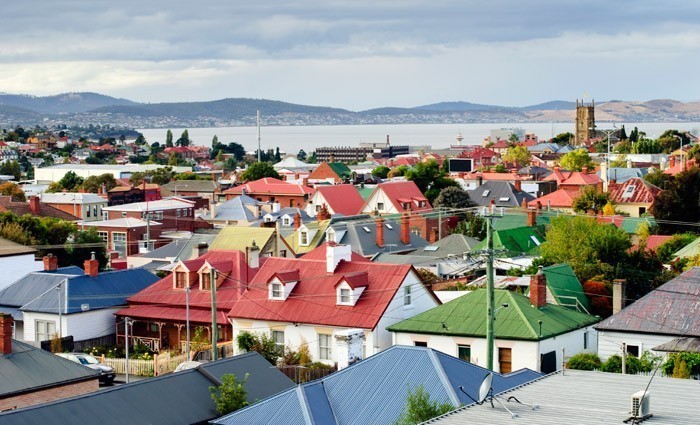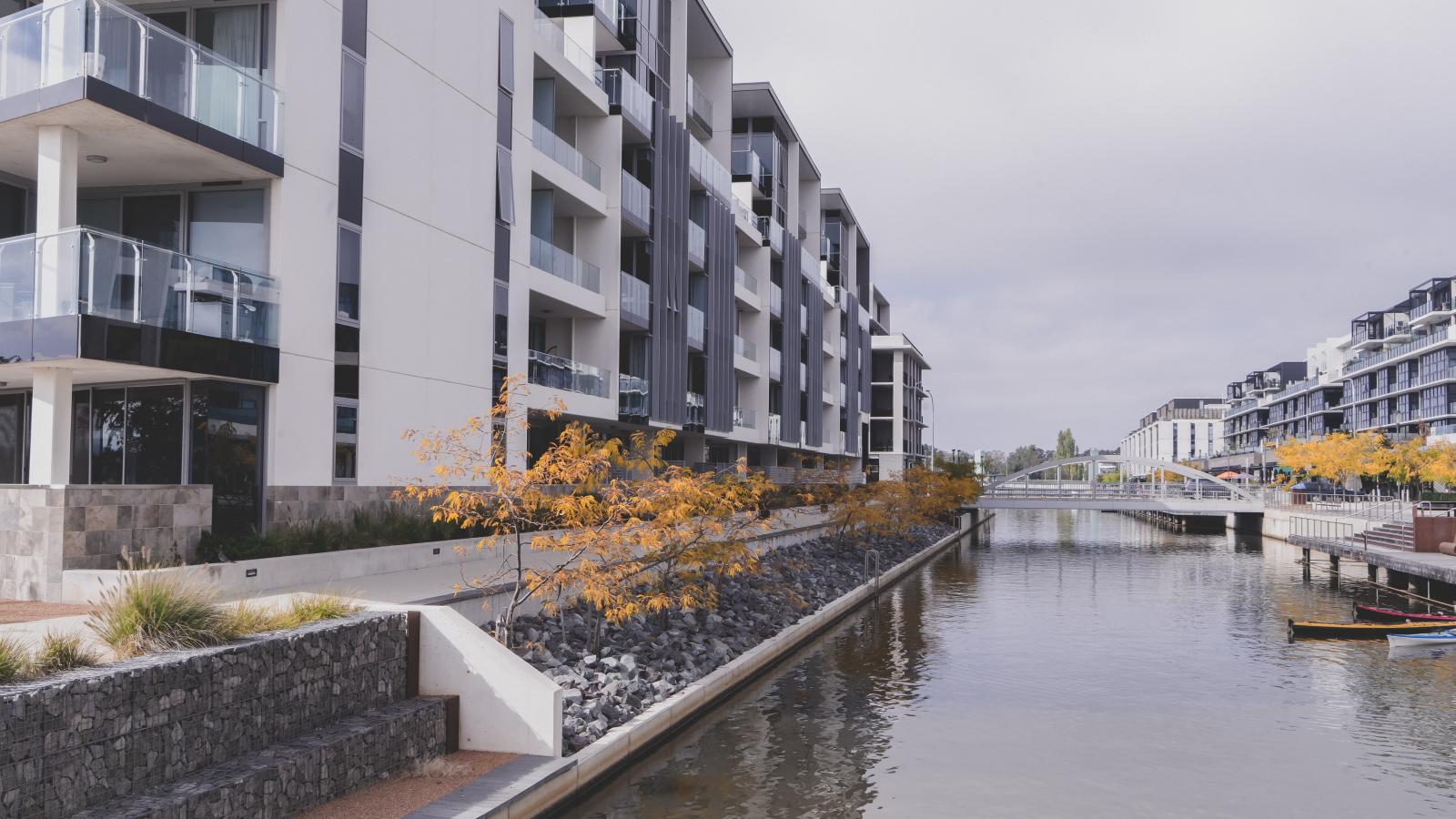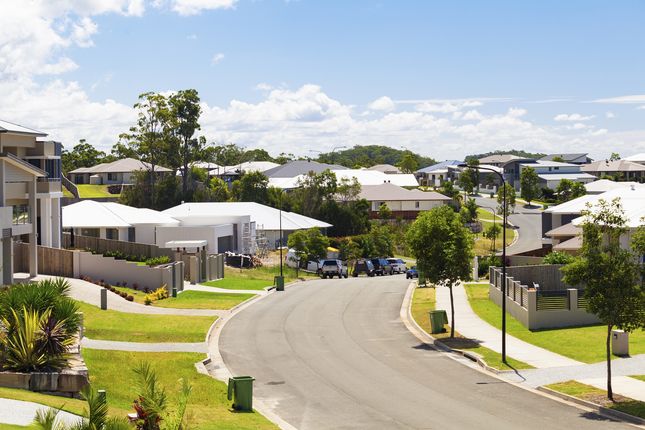The price gap between detached houses and units is greater than ever before, putting Australian ‘empty nesters’ in the box seat when it comes to downsizing and securing their retirement future.
On July 29, CoreLogic published a report outlining the difference between houses and units in capital cities across Australia.
The report found that, as of June 2021, the median capital city house value was $797,287, compared to a median unit value of $611,117 - a 30.5 per cent gap which CoreLogic says is the highest on record.
“Since the onset of COVID-19, a prominent trend across the Australian dwelling market has been high demand for detached houses,” said CoreLogic’s Head of Residential Research Eliza Owen.
“In previous CoreLogic research, several factors have been identified as to why the COVID period has seen more demand for houses than units, which has contributed to greater preference for lower density housing options.
“These included subdued property investment levels (where investors tend to be more strongly associated with unit purchases), the initial design of HomeBuilder being better suited to house developments, and the general appeal of lower density housing through a viral pandemic.”

This is good news for downsizers, of which around seven out of ten are ‘empty nesters’ who are selling detached houses as distinct to units.
Below is how the scenario plays out across Australia’s capital cities.
However, you may want to read until the end, because there’s a warning that the good times may not last forever.
Sydney
CoreLogic reports that Sydney houses and units currently have a record high price gap of 54.2 per cent, with a median house price of $1.2m compared to $794,193 for units.
“The difference in median house and unit values has skyrocketed since September 2020, as the house market saw a recovery trend following eased social distancing restrictions across the city,” the CoreLogic report said.

“Unit values continued to decline through to January 2021, as low levels of investor participation, and subdued rental conditions saw less interest in unit stock.
“As the Sydney lockdown reinforces the lasting impacts of COVID-19 on large cities, and monetary policy remains accommodative, Sydneysiders who can afford it may still be willing to fork out a premium for detached housing in the months ahead.”
Melbourne
Melbourne has seen a record high in the difference between house and unit medians at 52.4 per cent, with a median house price of $929,769 compared to $610,043 for units.
“As of June. Melbourne has also seen the weakest rental market performance since the onset of COVID-19, and as a large portion of rental stock are units, this has dampened demand across the segment,” the report said.
“This dynamic may shift through the remainder of 2021, as ABS data points to a fall in construction of units, and a rise in the construction of new houses.”

Brisbane
Brisbane has seen a distinct outperformance of house values relative to units, with a 58.2 per cent price difference. Houses are now valued at $657,551, compared to $415,536 for units.
“Since the onset of COVID-19, house values across Brisbane have increased 15.5 per cent, compared to just 5.0 per cent across units,” the CoreLogic report says.
“Unit construction across Brisbane rose substantially through to late 2016, creating an overhang of stock when investor activity began to decline off the back of changes to macro prudential policy in late 2017.
According to CoreLogic, there is likely to be ongoing interstate demand for relatively affordable Brisbane houses, as the normalisation of remote work through COVID has promoted more movement from Melbourne to Queensland over 2020.
Adelaide
Adelaide has seen an acceleration in the price gap between houses and units since February 2021, as the COVID-recovery in dwelling values was led by houses.
The price gap is now sitting at 53.5 per cent, with median house prices valued at $551,538 compared to $359,359.

“Since the onset of COVID-19, house values across Adelaide have increased 16.2 per cent, compared with a 7.3 per cent rise in units,” the CoreLogic report says.
“Despite the recent uplift in the price gap, Adelaide has long seen a premium on houses relative to units, with an average differential in the median of 34.7% for the past 15 years.
“This may be due to the higher rates of owner occupation in the city contributing to more demand for detached housing, and elevated levels of unit construction from June 2017.”
Perth
Perth currently has the second-lowest house premium of the capital city markets at 38.9 per cent (behind Hobart at 32.3 per cent).
“This follows a 15 year average house premium of 25.6 per cent, which is the lowest of the capital cities,” the CoreLogic report says.
“Part of this is due to the relatively high stock of low density housing across Perth, while units tend to be centred in more desirable or inner city locations, which would see relatively high median unit values.
“However, like other large capital cities, the difference in house and unit values has surged since the onset of COVID.”
Hobart
Hobart is unlike most capital cities, in that the gap between house and unit values has been trending down, following a recent high of 35.9 per cent in February 2021. Hobart house prices are sitting at $652,092, compared to $492,748 for units.
“Hobart currently has the lowest gap between the median house and unit value at 32.3 per cent, though this is above the 15 year average of 27.6 per cent,” the CoreLogic report says.

“It is likely that a lack of available stock, and extreme affordability constraints, have pushed more demand into the unit segment in recent months.
“Investor demand has also seen a strong resurgence across Tasmania, which may have contributed to the increased demand and price across the Hobart unit segment.”
Darwin
Darwin currently has a 68.5 per cent difference between house and unit prices, with the median price of houses sitting at $567,842 and $337,048 for units, with this reflecting the low density nature of the Top End.
“House and unit values across the region have seen a similar uplift in value since the onset of COVID-19, at 24.3 per cent and 22.5 per cent respectively,” the CoreLogic report says.
“Unlike Hobart, Darwin has sustained a relatively large house price premium, with the median sitting 68.5% higher than units.”
Canberra
Canberra currently has the biggest house and unit price gap of the capital city markets, at 74.8 per cent, with the median house price sitting at $877,311 and the median unit price at $501,754.
“Since the onset of the pandemic, the Canberra Home Value Index increased 22.7 per cent across houses, compared with 8.7 per cent across units,” the CoreLogic report said.
“However, the gap in Canberra house and unit values does not stem from recent demand trends alone; Canberra has seen a very large volume of unit developments over the past decade relative to houses.
“For the 10 years to March 2021, there was an average 4,593 units under construction each quarter compared to just 841 houses.
“This equates to roughly 5.5 units supplied to the market for each house construction, relative to the national average of 2.0 units for each house over the decade. This strong uplift in unit supply has left unit price growth relatively subdued.”

Will these price differences between houses and units last forever?
Well, the answer is no - which means that if you are considering downsizing now might be a good time.
According to the CoreLogic report, higher density living will again become more popular as Australia’s vaccination rates increase.
“As gradually higher levels of vaccination pave the way for safer high density living, and affordability constraints are reached in detached housing, there may be more demand for unit stock in the years ahead, which would narrow the value gap between the two stock types,” the CoreLogic report says.
Comment from our CEO
Downsizing.com.au CEO Amanda Graham said this was an unprecedented time for potential downsizers to take advantage of the current strong property market, after decades of building up equity in their home.
“While houses are always expected to sell at a premium to units, the difference between the two stock types has never been higher, which presents a huge opportunity for home owners considering moving” Ms Graham said.
“During the pandemic, we know many empty nesters have been particularly worried about their job security and their mortgage commitments.
"They now have an opportunity to set themselves up for this next phase of their lives with a much more comfortable financial future.”
This current property market allows downsizers to easily sell up and get a great price, become mortgage free, cash in some of their home equity to support their retirement, help their adult kids out, and at the same time secure a much newer home in their preferred location, with a better lifestyle.”
Find out more:
- CoreLogic houses versus units report
- Surging house prices deliver $286,000 retirement funds boost to downsizers, new report finds
- Downsizing in Australia: important tips to help your move
Start your downsizing property search at Downsizing.com.au today


